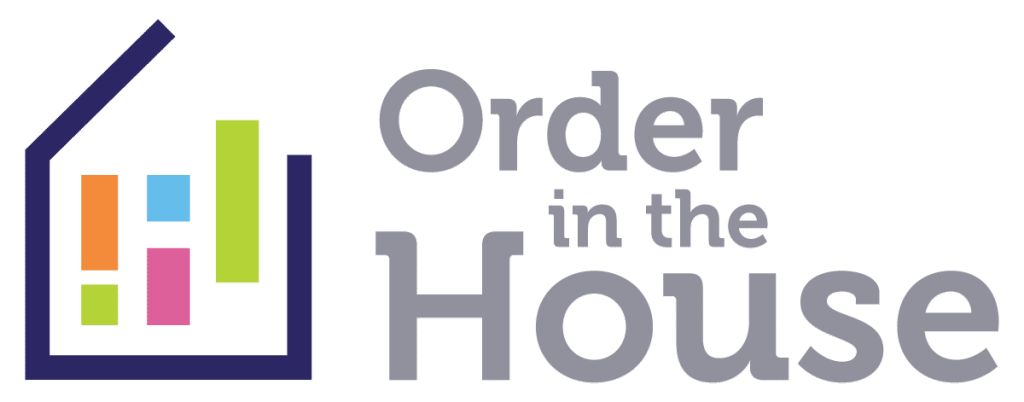Organization is a common challenge for adults with ADHD. But it can be done! How do I know? Because I have a bit of ADHD myself, although it doesn’t show up in my organizational undertakings. How do I keep that from happening? I’ve learned to adjust and create systems that work for me and help me stay on track and focused. So take note of these helpful ADHD organization tips that might prove helpful to you as well.
Working My Way Back to You
That song lyric sums up my first tip. When I need to figure out where and how to start a project, I work my way “backwards.” In other words, I start with the end in mind. For example, I recently worked a project that involved moving a client from one apartment to another, though only down the hall from where she currently resided. Where to start for the greatest efficiency and focus?
I imagined what I wanted the end result to look like, with furniture in place, clothes in the closet, kitchen items stored in drawers and cabinets, etc. To accomplish what I envisioned, I’d need a plan. And for that, I’d need a way to manage my plan—a note-taking list of actionable tasks. And the first thing to put on my list? A dolly or utility cart to get household items moved from one apartment to the other.
Next, I’d need boxes or bins to pack up smaller items for the move, so that went on my list also. However, before moving those items, I wanted to help my client purge unwanted possessions so we didn’t unnecessarily move things that didn’t need to be moved. So on my list that went—a reminder to purge unwanted items.
Since some of the furniture would not be moving to the new place, we’d need to donate or sell pieces we weren’t taking; so “donate/sell unwanted furniture” was written down next. And the furniture we were keeping? Well, if you’ve got heavy furniture to be moved, you’re going to want some strong guys for the task, so on my list that went as well.
Before I knew it, I had my list—a clear picture of what needed to happen to successfully accomplish the moving project. The only thing left to do was prioritize the items on my list, and then get to work accomplishing the tasks I’d set for myself.
And that’s how I begin with the end in mind. As I work “backwards,” note-taking helps ensure that nothing gets overlooked. And by the way, this also works when I need to figure out how to get from one location to another (when not using a GPS). I work my way back from my destination till I get where I am presently. Sometimes I’ll even work it from both ends till I meet in the middle. It might sound confusing, but trust me, it works for me. And that’s the key. Finding what works for you.
Location, Location, Location
If I don’t want to forget something before I walk out the door, I marry it to my purse. That means, it goes right beside my purse or by the door so I can’t forget it. Or I’ll put my car keys on the item so when I grab my keys, I also remember to grab the item.
Are You Talkin’ To Me?
Self-talk—it works! Some of you don’t need this, but it absolutely works for me. Whenever I want to correct an action, I’ll question myself about what I am doing by literally asking myself, “What are you doing?” This gives me pause to allow for some clarity regarding my actions. Or if I feel my body pushing back from something, I’ll stop and ask myself, “What is going on?” (If you’d like more explanation regarding this, shoot me an email.)
Making a List; Checking It Twice
Our brains love lists. Lists enable us to digest information in more manageable steps rather than tackling an overwhelming number of ideas/tasks all at once. Lists work with the brain’s cognitive preference for categorization, minimizing choice and making it easy to process data. Lists allow me to do a brain dump; I put all my thoughts, ideas, and tasks on paper and call it my master to-do list. From that, I create my daily to-do list by pulling several tasks from the master list (scratching them off the master list as I do). By “chunking it down,” everything is more manageable, but nothing gets forgotten. (“Chunking it down” is a term used in the organizing industry especially to help those with ADHD, whereby you take a task and break it down into manageable steps.)
The Key to ADHD Organization
Remember that the key to organization is having simple systems that work for you. Try experimenting with these tips to find what works for you and what doesn’t. If you need help coming up with a creative way to help you through the day when your ADHD shows up, contact me. We’ll set up a time to get creative and design a system that will work especially for you.
Follow me on Twitter and Facebook.





